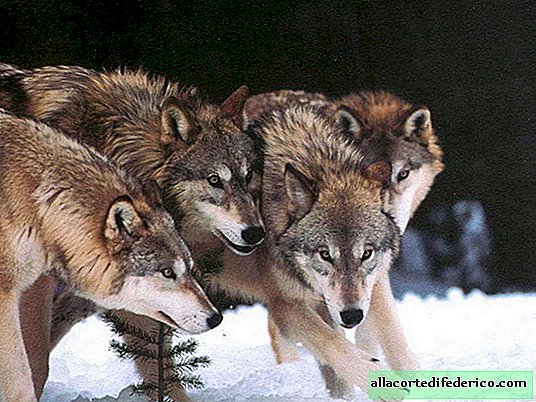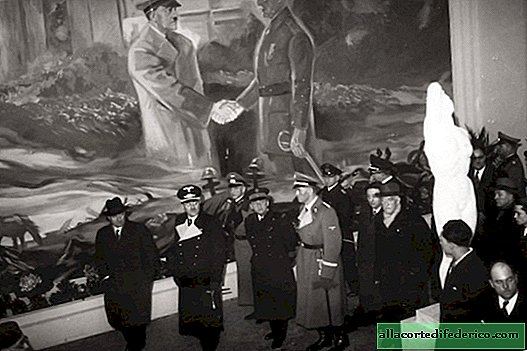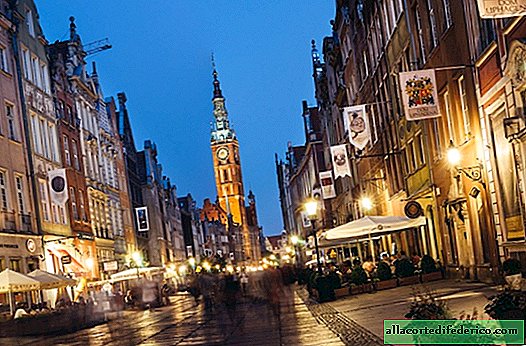How the German military turned out to be involuntary saviors of wolves
Not so long ago, wolves were widely distributed almost throughout Eurasia - from Western Europe to Kamchatka and Tibet. People were afraid of them and never loved: packs of wolves regularly attacked livestock, there were often cases of death of people through the fault of these predators. Such behavior of animals caused their mass destruction. In all of Europe, with the exception of taiga zones in the north of European Russia, wolves practically disappeared by the middle of the 20th century.

But, as often happens, only after their extermination did people understand what role they play in natural ecosystems and how important they are for the conservation of natural landscapes. Since the end of the 20th century, programs to protect the European subspecies of the gray wolf have been launched in many European countries, and this predator has been protected at the legislative level. But to revive its population was much more difficult than to exterminate. And if for the restoration of ungulates, for example, it is enough to just bring in several pairs of animals and not interfere with their natural reproduction, then with predators everything is much more complicated. For the growth of the predator population, a stable food supply is needed, that is, the required number of those animal species that they feed on. In the case of the wolf, deer, wild boars, roe deer and other ungulates act as the main prey. Of course, if the hunt turned out to be unsuccessful, wolves can eat carrion for some time, there are hares or small rodents, but the presence of ungulates is a prerequisite for restoring the number of wolves.

Today, in many countries of Europe, where they seriously concern themselves with the restoration of the population of the European subspecies of the wolf, the number of this predator is gradually increasing. And in Germany, a rather interesting situation has developed around the wolf.

This country has also adopted laws on the protection of wolves, there are several conservation areas where wolves live, and the ungulate population is being restored. At the beginning of the XXI century, scientists recorded the first appearance of wolf cubs, and today more than 70 wolf packs live in Germany. But at the same time, biologists note a strange pattern: the number of wolves is higher in the areas where the military and their training areas are located, and not where environmental reserves are specially created for them. After conducting additional research, German scientists came to the conclusion that in those places where the military is present, there are practically no poachers, and therefore wolves feel more secure. Yes, they are protected from death by official legislation and the borders of protected areas, but there are not enough funds and personnel to organize full-fledged protection, so illegal hunting, unfortunately, is also present in places of official wolf protection. And where the military is located, there are almost no such crimes, and smart wolves quickly determined where it is better to breed.

















